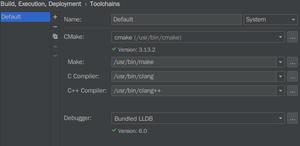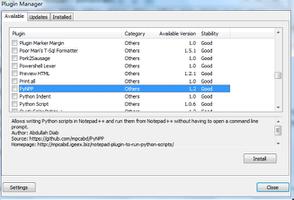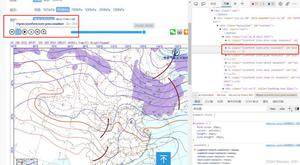python配置日志记录

1、三种配置日志记录的方法
调用列出的配置方法显式创建记录器,处理器和格式化器。
创建日志配置文件并使用 fileConfig() 函数读取它。
创建配置信息字典并将其传递给 dictConfig() 函数。
2、实例
以下示例使用 Python 代码配置一个非常简单的记录器,一个控制台处理器和一个简单的格式化器:
import logging
# create logger
logger = logging.getLogger('simple_example')
logger.setLevel(logging.DEBUG)
# 创建控制台处理器并设置级别进行调试
ch = logging.StreamHandler()
ch.setLevel(logging.DEBUG)
# create formatter
formatter = logging.Formatter('%(asctime)s - %(name)s - %(levelname)s - %(message)s')
# add formatter to ch
ch.setFormatter(formatter)
# add ch to logger
logger.addHandler(ch)
# 'application' code
logger.debug('debug message')
logger.info('info message')
logger.warn('warn message')
logger.error('error message')
logger.critical('critical message')
以上就是python配置日志记录的方法,希望能对大家有所帮助,更多知识尽在python学习网。
以上是 python配置日志记录 的全部内容, 来源链接: utcz.com/z/543393.html







